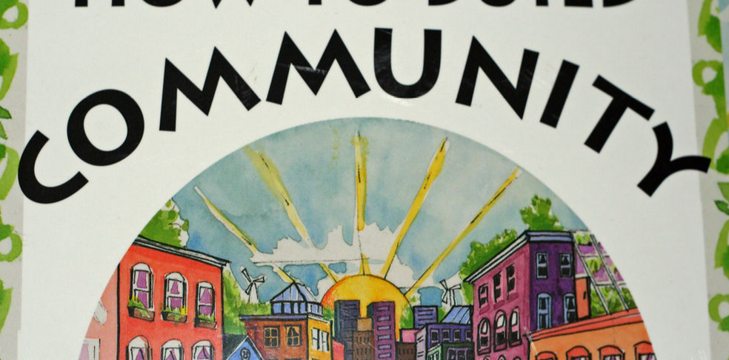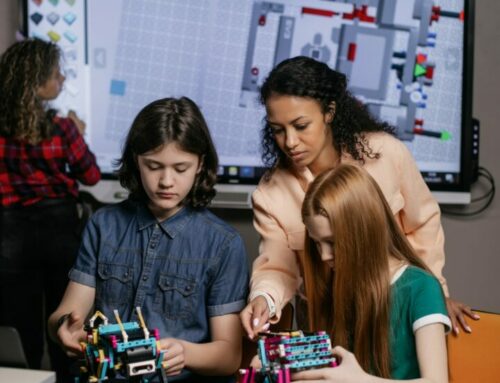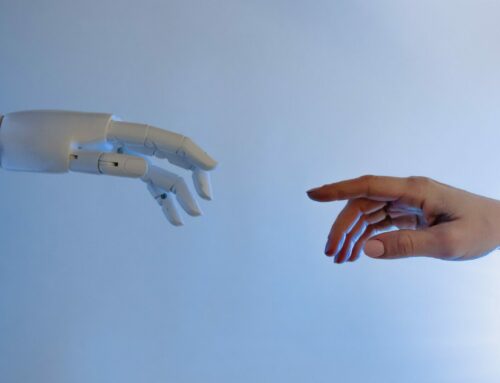Reaching hard to reach students through student learning communities
Patrick Blessinger
St John’s University, New York City
Introduction
A student learning community (SLC) is a curricular-based program and learning-centered social network that moves learning beyond the confines of the classroom. In a SLC, a cohort of students is enrolled in a common set of courses which they take together as a group. Most SLCs are tailored for first-year college students but SLCs may be created for any grade level. SLC courses are integrated and linked in some meaningful way in order to give students a common curricular experience and allow them to make more effective curricular connections across those courses. A core purpose of SLCs is to make learning more personally meaningful by addressing not just the intellectual needs of students but also their emotional and social needs. As such, the core aims of SLCs may provide an effective mechanism to reach ‘hard to reach’ students.
Key principles of learning
Bransford, Brown, and Cooking (1999) identify three key principles involved in learning:
- people have preconceptions about the way the world works;
- higher-level learning involves competence in inquiry;
- higher-level learning involves metacognitive learning.
People, including students, have preconceptions about the way the world works. They naturally bring these preconceptions to their experience. One aim of education (at any level) is to teach students models, theories and principles that have been developed over time through research and scholarship, in order for the student to develop higher levels of critical and creative thinking and a more accurate and complete view of the world and of her/his area of study.
To develop competence in inquiry, students should:
- develop deep foundational knowledge;
- apply conceptual frameworks to that base knowledge;
- organize knowledge in such a way as to apply that knowledge to solve complex and often unstructured problems.
To develop higher-order thinking, students should develop strategies for:
- taking control of their own learning;
- defining their own personal learning goals;
- assessing their own learning progress.
These three strategies are crucial to developing students as self-regulated learners who take increasingly greater degrees of responsibility for their own learning.
Main goals of SLCs
The ultimate goal of SLCs is to increase academic achievement. Academic achievement is how well the student has learned the required material and is typically measured by assessments, such as tests, as well as by projects, portfolios, and other kinds of assignment. Other key goals include:
- increase integrative and holistic learning;
- increase student satisfaction through academic and social engagement and through student-student and student-faculty interactions and community building.
Integrative learning involves the linking of concepts and principles across courses. If students are better able to understand how and why courses are connected, learning is enhanced. SLCs start with the premise that the nature of most problems today involves knowledge across programs and disciplines because most problems are part of broader systems. For instance, problems dealing with politics or economics or society or the environment are often inter-related and inter-dependent. Approaching a problem strictly from a narrowly-defined perspective or discipline is, typically, insufficient to permit understanding of the nature of the problem.
Holistic learning involves the whole of the student, that is, not just the cognitive-intellectual needs of students but also the emotional and social needs. In other words, learning to develop emotionally and socially is as important as developing intellectually. SLCs start with the premise that these three domains are inseparable and inter-dependent. For instance, academic motivation, which is rooted deeply in psychological and social processes, is an important factor in academic achievement. Thus, the most effective learning environments tend to be those which address all the learning needs of students.
SLCs can help to create student satisfaction and a sense of group identity when students are part of an academic cohort. The cohort provides a concrete structure within which students can form meaningful academic and social relationships with other members of the group. When a group is intentionally formed with a common purpose and set of aims, as in the case of the cohort, the group is more likely, all else being equal, to collaborate in order to achieve those aims. Thus, the cohort structure is central to the effectiveness of SLCs.
Main benefits of SLCs
When students are highly motivated to learn, they are more likely to achieve academic success because they will tend to make the effort, in spite of obstacles that may be in their way, to do what is required to learn.
Thus, academic motivation is an important factor in academic achievement and, as a result, it has become a key area of educational research in recent years. However, as with other factors (e.g. teaching effectiveness, student-teacher relationship, academic engagement, social engagement, time on task), academic motivation alone does not guarantee academic achievement, but it is a necessary condition for that to happen.
Like academic achievement, academic motivation is a theoretical construct created to help explain human behaviour. Generally, motivation is what prompts a person to act in a certain way. More specifically, academic motivation can be defined as the degree to which a student is willing to behave in order to achieve academic success. Presumably, there are both intrinsic and extrinsic factors that lead to motivation.
Given the great importance and usefulness of motivation in education, many theories have been developed to help explain it, the better to understand its causes. Within this context, SLCs attempt to build a sense of community identity and a common purpose which aims to help motivate students to learn. In addition, as mentioned earlier, integrated learning is enhanced through tighter cross-curricular connections and student engagement is enhanced through higher degrees of social learning.
Conclusion
Students’ first year in college is very important, as it is usually in this first year when they decide to continue or not. SLCs attempt to mitigate those factors that may lead to student dissatisfaction and non-engagement; they are not a panacea and should not be viewed as such, but, if properly designed, they may provide a concrete mechanism and structure to help increase student persistence and academic achievement.
Reference list
Bransford, J. D., Brown, A. L. and Cocking, R. R. (1999) ‘Learning: From speculation to science.’ In: Bransford, J., Brown, A. and Cocking, R. (eds.) How people learn: Brain, mind, experience, and school. Washington, D.C: National Academic Press, (39-66).
Dunlop, L. & Pettitt, M. (2008) ‘Assessing student outcomes in learning communities: Two decades of study at community colleges.’ Journal of Applied Research in the Community College, 15(2), 140-149.
Kovbasyuk, O. and Blessinger, P. (2013) ‘The nature and origins of meaning-centered education.’ In: Kovbasyuk, O. and Blessinger, P. (eds.) Meaning-centered education: International perspectives and explorations in higher education. New York: Routledge Publishing.
Lenning, O. T. and Ebbers, L. H. (1999) The powerful potential of learning communities: Improving education for the future. ASHE-ERIC Higher Education Report, 26(6), Washington, D.C.: The George Washington Graduate School of Education and Human Development.
Kuh, G. D., Kinzie, J., Schuh, J. H. and Whitt, E. J. (2010) Creating conditions that matter. San Francisco, CA: Jossey-Bass.
Mezirow, L. (2003) ‘Transformative learning as discourse.’ Journal of Transformative Education, 1(1), 58-63.
Zhao, C. and Kuh, G. D. (2004) ‘Adding value: Learning communities and student engagement.’ Research in Higher Education, 45(2), 115-138.
Note: this article first appeared in a special issue of The Journal of Educational Innovation, Partnership and Change at https://journals.gre.ac.uk/index.php/studentchangeagents/issue/view/54/showToc.
Suggested citation:
Blessinger, P. (2017). Reaching hard to reach students through student learning communities. The Journal of Educational Innovation, Partnership and Change, 3(1), 259-261. Retrieved from https://journals.gre.ac.uk/index.php/studentchangeagents/article/view/684/pdf. doi: http://dx.doi.org/10.21100/jeipc.v3i1.684
Disclaimer
Opinions expressed in this article are those of the author, and as such do not necessarily represent the position(s) of other professionals or any institution.




